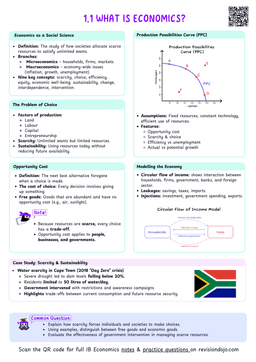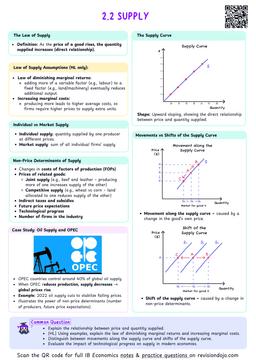Fiscal policy can be a very effective tool in achieving macroeconomic objectives, as it allows:
- Targeting of Specific Economic Sectors
- Direct Effect on Aggregate Demand
- Can Pull the Economy from Deep Recession
Targeting Specific Sectors
Fiscal policy can be precisely directed to address the specific economic needs set by the government:
- Infrastructure Projects: Government spending can be allocated to build roads, schools, or hospitals, boosting employment in construction and related industries.
- It can be focused on a variety of public goods as well, such as police forces, fire extinguishing forces, etc.
- Tax Incentives: Tax breaks can be offered to specific sectors, like renewable energy, to encourage investment and innovation.
Direct Effect on Aggregate Demand
- The changes in government spending (G), directly affect the aggregate demand (AD), causing a short time shift in AD in the desired direction.
- Fiscal policy can indirectly effect AD, through encouraging consumer spending(C) and investments(I) by e.g managing tax systems and rates.
- However, changes with respect to taxes are less direct and take a long time to shift the AD.
Ability to pull economy out of deep recession
- According to the Keynesian model, the wages on the way down are "sticky" (inflexible), hence the market forces alone may not be able to deal with the pressures of wages falling down.
- Therefore, fiscal policy can be used to stimulate growth in the aggregate demand and economic activity, hence addressing the recessionary gap.
Evaluating Fiscal Policy
Promoting Growth
- Short-Term Boost: Fiscal policy can quickly increase aggregate demand, reducing cyclical unemployment and stimulating growth.
- Long-Term Investment: Spending on infrastructure and education can enhance the economy productive capacity, increasing the potential output.
Achieving Low Unemployment
- Job Creation: Government projects can create jobs in targeted sectors.
- Increased aggregate demand due to expansionary fiscal policies increases the demand for labour, hence reducing cyclical unemployment.
- Investing in human capital, e.g skills, can decrease structural unemployment.
- Support for Incomes: Transfer payments maintain consumer spending during downturns.


